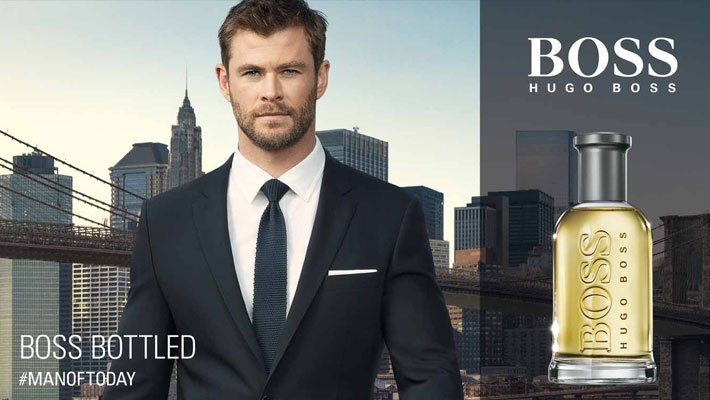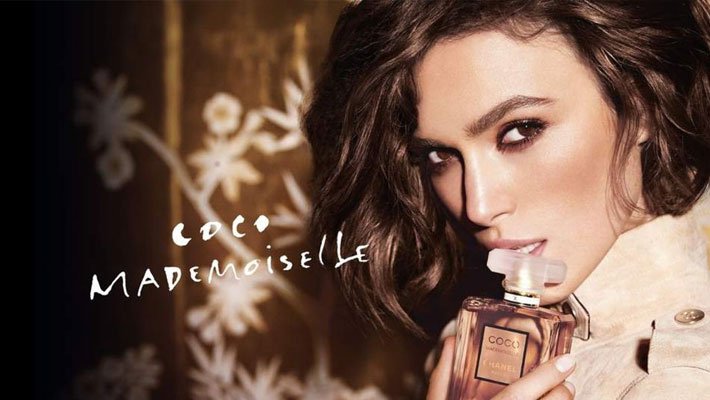How To Create Value – The Power Of Narrative For Luxury Brands
It is a common misconception that consumers are simply buying “things”. Yes, they are buying the function and benefits of a product but luxury brands need to offer much more than that. They need to offer meaning.
Changes in consumer marketing
About 100 years ago most of the ‘market places’ of the world were uncluttered. Products were marketed on the basis of what a product was and what features it had. They were sold as “things”. Typically these were the only products which did what the consumer wanted. Consumers had not come across them before. However as consumers became more educated and other, more refined products came to market with the same features which “did” the same things, the way products were sold changed.
No longer was it good enough to simply explain what the product was. Everyone could do that. It was a commodity.
Around the time of the 1920’s, the marketing focus shifted to the benefits the product would give the consumer. The slight advantages the product brought the consumer became the key driver of the advertising in order to get the product noticed. The more features that the product had, the more benefits, therefore the better the product was perceived to be.
As time went on and competing products developed similar refined features, market places once again became saturated and the way products were sold again had to change. At around the 1950’s, in order to differentiate products, marketing shifted focus to how a offering made consumers feel. The focus shifted to emphasis the experience. How the product made a customer feel as they used it and engaged with the business that sold it.
In recent times marketeers have become skilled at selling product features, benefits and experiences. The market place is now full and cluttered with products marketed on these grounds.
Although the features, benefits and experience of the product are all still important, what has become the new best thing to focus on is what the product says about the customer. It’s all about human identity.
The brands which succeed in the saturated luxury market places are the ones which stand for something. These are the ones that help customers create and reinforce their identity.
Think for example of the highly successful luxury brand “Hugo Boss”. Emphasising power and leadership this brand oozes a “ruler” style persona. Consumers which seek to identify as a “boss” will buy this brand. Consumers who want this meaning in their lives and wish to project this image will be proud to wear Hugo Boss. Not simply because of the products Hugo Boss provide. But because of what it means to own a Hugo Boss suit, or watch or aftershave.

Hugo Boss will ensure that every interaction with their consumer contributes to an experience which will help to reinforce their brand narrative to their audience. This brings about an experience which creates a positive memory in the customers mind which says something about them and gives them a story to tell. Through this, the brand contributes to them be what they desire to be; a strong leader.
This is the meaning they attach to Hugo Boss and it is in this meaning that value is placed.
Creating meaning
I define brand as the “meaning” consumers connect to a product business, service or organisation. This meaning exists inside the minds of your target consumers. You do not own it. They own it. They create this meaning based on how what they see of you, how you behave, how you advertise, how you present your products and your price points.
“Branding” is the discipline of managing that meaning. It is the attempt to begin to get to grips with the concepts that you want your customers to attach to your offering and how you can leverage this to your customers advantage. It’s not about you. Its about them. Their identity.
But how do you create meaning? This has been the question I have been seeking to answer over my 17 year career in the creative and marketing industries. The best answer I have is, perhaps, the most simplest: Stories. Stories and narrative creates meaning.
I’m not, of course, talking about fairy tail stories. I’m talking about the stories we tell ourselves about ourselves. I’m talking about self image.
When growing up it is through the power of story that we get a sense of our culture, morals and religion. We unwittingly create a story of ourselves which defines our past, helps us to make sense of the present and also projects us forward into the future. We see the world through the lens of this self written story If things are going well for us it is usually because they are in accordance with this story. Of our expectations. If things are going badly it is because reality is not in sync with the story we expect to be playing out in our lives.
What is most interesting is that we look for brands which help to reinforce our story. That help us define ourselves. That help to clarify our self image. This is especially the case with luxury goods.
The value of narrative
Let me demonstrate this for you. One example we could use is how a consumer might look to purchase perfume.
Of course, in todays post modern world we have a number of ways we could buy perfume. Let’s imagine though the consumer has gone on a shopping trip and has narrowed the choice into two perfumes they feel smell just as great:
• Coco Mademoiselle – cost £120 (approximately €130)
• Autograph “New York” Perfume – cost: £20 (approximately €22)
Both come in 100ML bottles. To the uneducated nose both have similar tones. To the uneducated eye both use similar ingredients. Both perfumes will “do” the same thing. They both cost the same to make.
However the value of the Coco Mademoiselle perfume is 500% more expensive than the Calvin Klein. What will make the consumer reach into their purses and pay 500% more to own and wear Coco Mademoiselle?
The answer: story.
Since they can remember the consumer subconsciously recalls Coco Mademoiselle as being a brand for luxury females. They have only ever seen the brand presented in a high end glamorous way. Every Vogue magazine they’ve flicked through. Every billboard and roadside out of home poster they have seen. Every TV advert they have watched. All of these have added up to this perception that this brand is for the glamorous.

The discerning consumer will aware that over the last few years the actress Kiera Knightly has been representing the brand. Their glamorous TV adverts tell the story of Kiera being a sophisticated woman in a “mans world” seducing a photographer. The consumer connects their own story with that of the brands. They want to be glamorous like Kiera Knightly. They live in a mans world. They desire to be just as powerful as her.
This deep emotional meaning which has subconsciously been introduced to the consumer creates the 500% more value. They join the story. They buy the perfume and they wear it. When their friends come around and see it on their makeup table the friends gasp and smile as they recognise this brand as being luxurious and powerful – just like the consumer. It says something about the consumer because they buy Coco Mademoiselle. It reinforces their identity.
On the other hand though we have the Autograph “New York” Perfume. Autograph are a ‘own brand’ of Marks and Spencer. There has been no advertising or story told around this perfume. It might smell just as nice as the Coco Mademoiselle but there is a whole lot less meaning that the consumer can attach to it. Therefore it is less valuable. It means less. Why does it mean less? Because it is ‘story-less’ as a brand. It is normal. It is ordinary. It is not luxury. If the consumers is buying on price alone they might select it. If they see themselves as an ordinary person they may buy it. Thats ok. Its an ordinary brand for ordinary people In fact, the consumer might even think it would be crazy for someone to spend over £100 on perfume – but thats ok. The brand is not for them. The Coco Mademoiselle brand story has been created for those who wish to be glamorous Who wish to have a deeper meaning in the things they purchase.
Coco Mademoiselle help customers reinforce the story they have created about themselves in their own mind. And it’s worth 500% more than Autograph.
Branding luxury products
These principles then are essential to come to grips with if you are seeking to grow a luxury brand. You need to think about the customer you have in mind. What is their story they tell themselves about themselves. You then need to think about how your brand tells it story. What do you stand for? How can you help your target customer with their identity?
Ask yourself: what does it mean to the consumer to buy from my brand? What does it say about them? What do we believe that they believe also? How can we reinforce their identity? How can we create a memory, an experience which reinforces the customers story for them?
This can then become the strategic backbone to the way you begin to creatively tell your story. In the way you present your product. In your advertising. In your retail space. In the packaging of your product. In which models you use in your marketing. In how you behave as a business.
Remember. Consumers are not simply buying ‘things’ when they buy from a luxury brand. They are buying meaning. They are buying an experience. They are buying a story.





